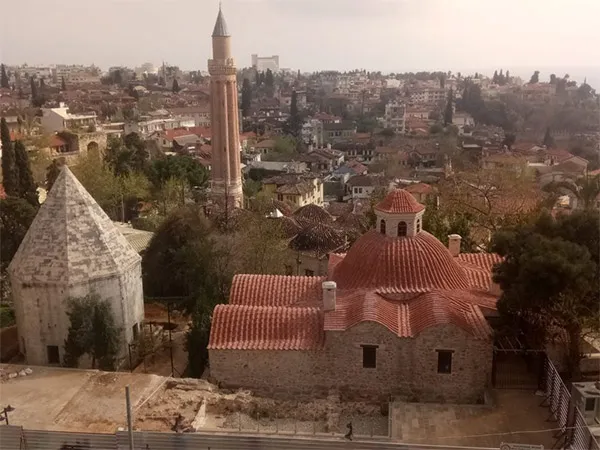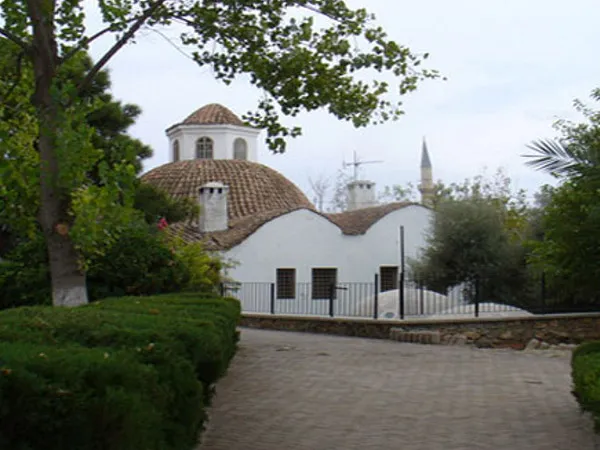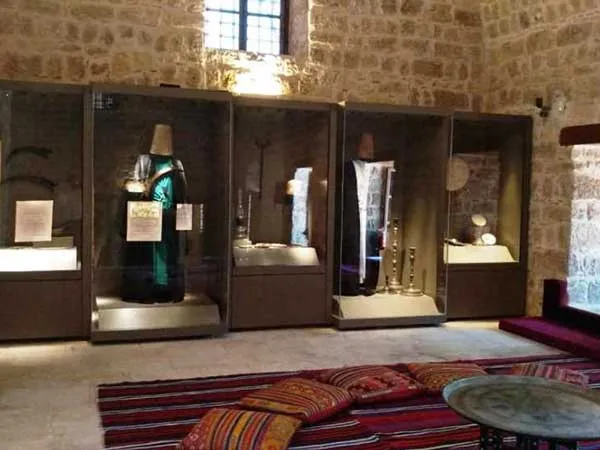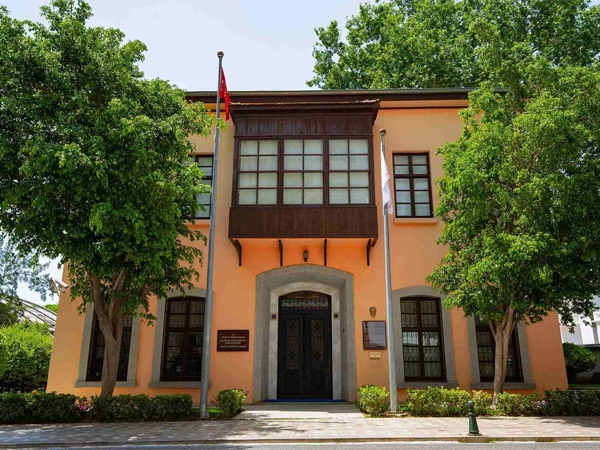Where is Antalya Mevlevihane Museum?
Antalya Mevlevihane Museum is located in the Kaleiçi district of Antalya, housed within a historic building. Situated close to the city center, the museum reflects the atmosphere of an Ottoman-era Mevlevihane.
How to Get to Antalya Mevlevihane Museum?
You can walk to the museum from Antalya city center. Public transportation options to Kaleiçi are also available. Once you reach Kaleiçi, follow the museum signs and take a short walk to reach the museum.
What to Do at Antalya Mevlevihane Museum?
1. Explore the Exhibits: The museum features a rich collection reflecting the Mevlevi culture and history. You can see clothes belonging to Mevlevi dervishes, manuscripts, musical instruments, and other ritual items.
2. Watch Sema Performances: The museum hosts sema performances on specific days. These mystical dance performances showcase the spiritual journey and rituals of the Mevlevi dervishes.
3. Participate in Educational Programs: The museum organizes educational programs and workshops related to Mevlevi culture. These activities offer visitors an opportunity to learn more about the Mevlevi teachings and traditions.
4. Guided Tours: The museum provides guided tours, offering visitors detailed information about the collections. These tours help you better understand the history and cultural significance of the exhibited items.
Touristic Importance of Antalya Mevlevihane Museum
Antalya Mevlevihane Museum offers visitors a history and culture-filled experience with its rich collections delving into Mevlevi culture and its mystical atmosphere. By visiting the museum, you can embark on a spiritual journey tracing the Mevlevi teachings and experience the ambiance of an Ottoman-era Mevlevihane.









